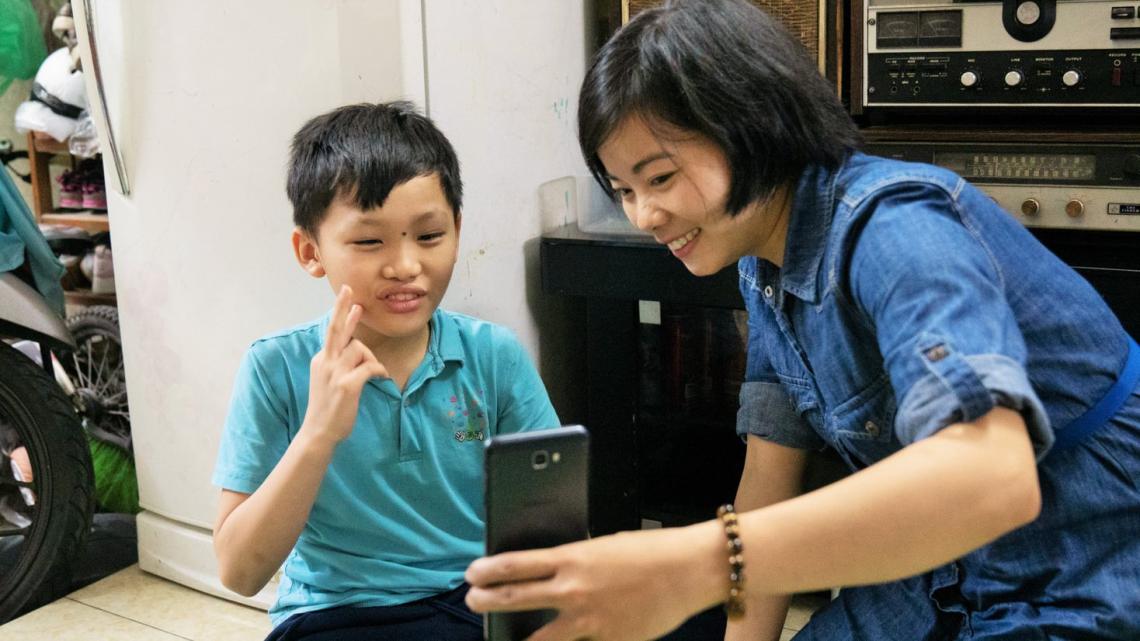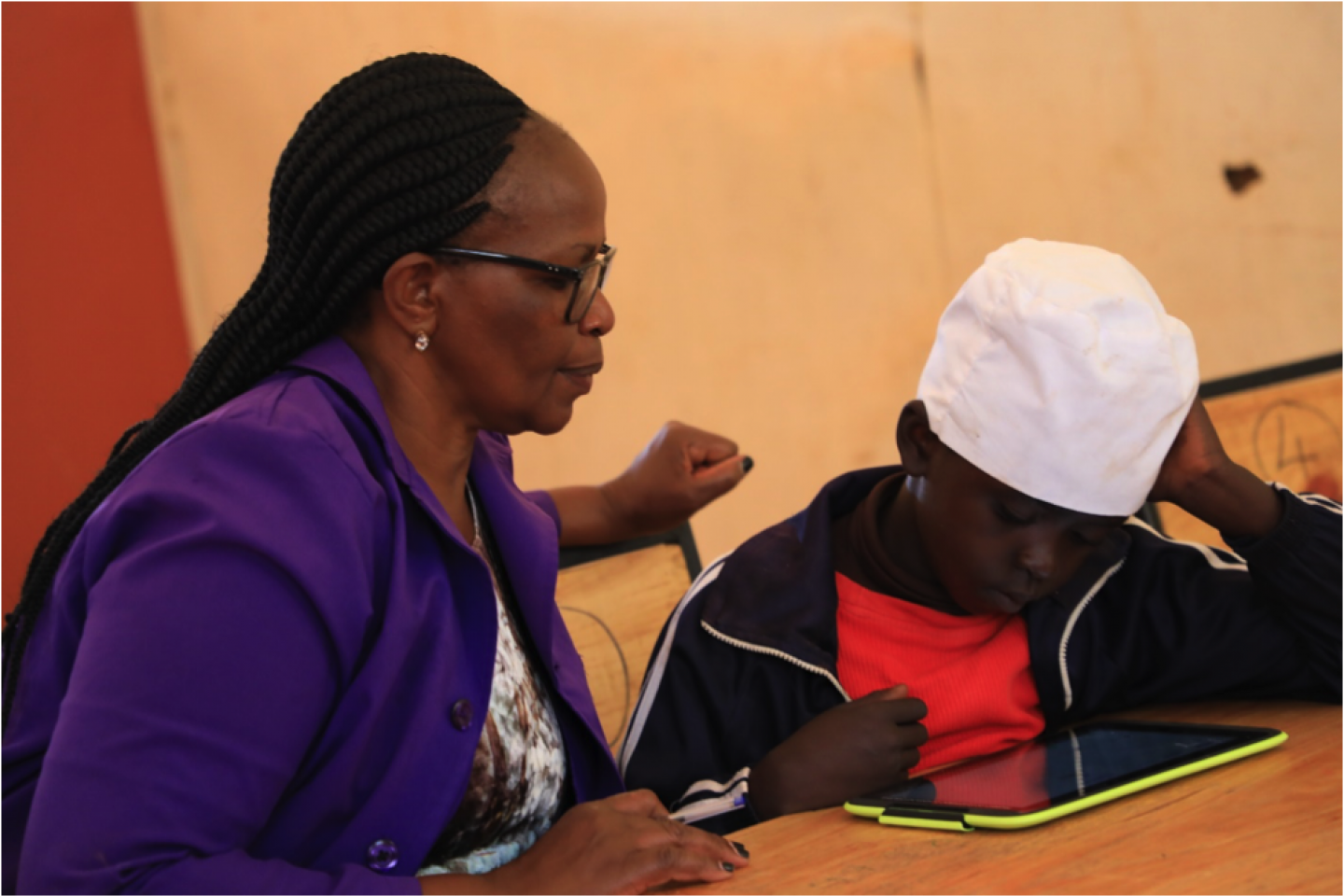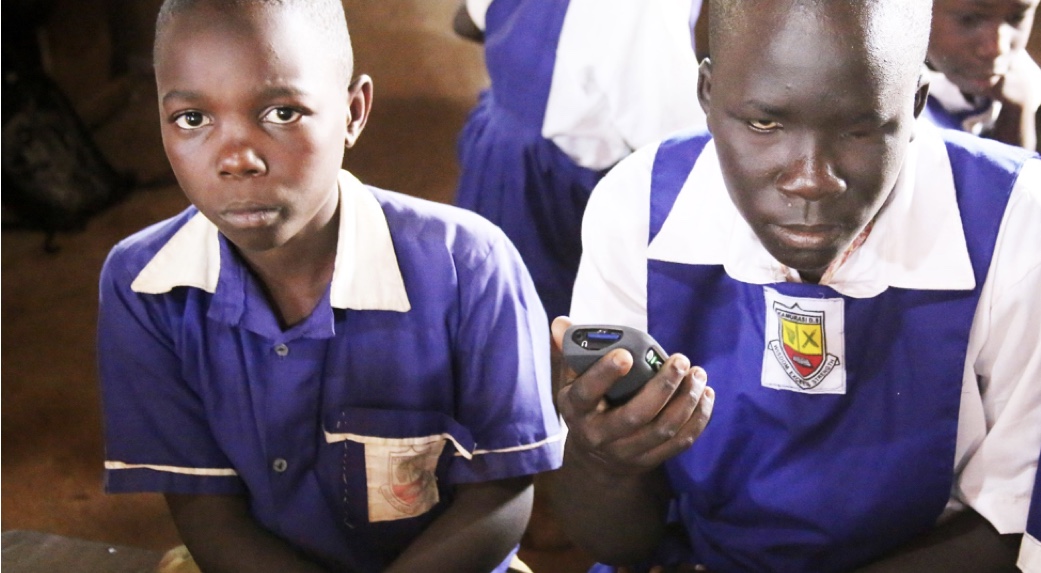Welcome
The Accessible Digital Learning Portal is a hub for technology focused information, content, tools, products and resources that support disability inclusive education in remote and classroom settings. This site provides resources for the production, distribution and implementation of accessible digital content and tools in high and low-resource environments and provides solutions that address user needs to support Universal Design for Learning for all learners.
The Accessible Digital Learning Portal contains a catalog of accessible digital content and tools to support inclusive education, and informational resources on how to produce, distribute and implement accessible digital content and tools in education contexts globally.
Get started for
Who is this for?
The site is designed to support inclusive education stakeholders including governmental organizations, policy makers, publishers, schools, educators, parents and learners with and without disabilities.
The objectives
These resources are provided in an effort to strengthen the accessible digital learning ecosystem through increasing:
- the production of content in accessible formats,
- the distribution of accessible content through platforms and channels,
- the adoption of assistive technologies and accessible content in education contexts.
For more information on the accessible digital learning ecosystem visit: Ecosystem
The site includes implementation examples of the utilization of accessible resources to support education and a catalog of content and tools, including products and services designed specifically for users with a disability and mainstream products and services that facilitate learning for all, including those with disabilities.
The Accessible Digital Learning Portal was developed by UNICEF with funding from the Global Partnership for Education.
For questions and comments, please contact us at hello@accessibledigitallearning.org
. Home
Home
Assistive technology guide: Low cost software for learning
In this document, we review free and low-cost software that can improve learning for students with a range of different needs. For each disability, we discuss how software can help and link to a solution from the catalog.
> Read the article









